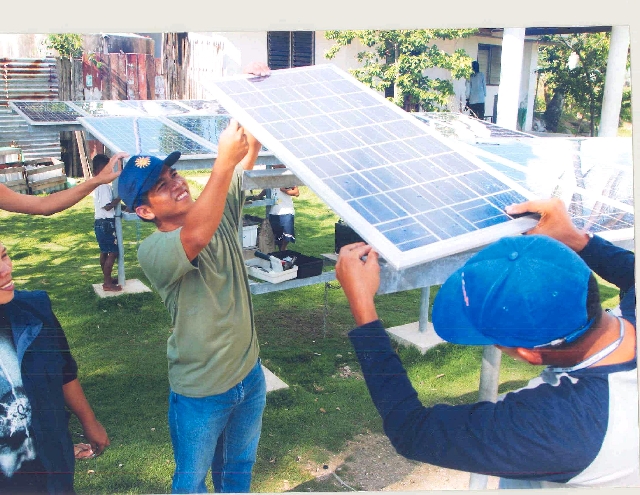Solar energy is an increasingly popular way to save money while also helping the environment. With solar panel installations becoming more cost-effective, more and more homeowners are turning to do-it-yourself (DIY) solar panel installation as a viable alternative. This DIY Guide to Installing Solar Panels will outline the steps involved in setting up your own solar energy system. This guide will also provide helpful tips and tricks to ensure that you have a successful installation with minimal hassle and maximum efficiency.
Buy or rent the right tools
Buying or renting the right tools is essential for an individual looking to install solar panels in their home. I know that when it comes to taking on a project as significant as this, having the right tools not only makes the job easier and faster but also ensures that I do it safely and properly.
In order to buy or rent the best tools for installing solar panels, there are several key points to keep in mind. The first is ensuring that you have all the necessary items for a successful installation such as wiring cutters, screwdrivers, drills, and other electrical supplies. Additionally, if you plan on renting any equipment from a local hardware store or online retailer make sure that you check what kind of warranty they offer and whether they will allow you to return any faulty products before committing to purchasing them.
Set up and place your solar panels.
First, it’s important to select the right location for your panels. Ideally, you should install them in an area that gets maximum sunlight throughout the day. If there are any trees or structures blocking out light, they won’t be able to generate enough power. Once you’ve chosen your spot, make sure it’s level and dry before placing your solar panel array.
Next, carefully arrange each of your panels in the desired location and secure them with mounting hardware or stakes if necessary. Be sure to keep any wiring or connections intact while installing your system since this could affect how much power it generates in the future.
Connect your solar panels to an inverter.
Determine the type of inverter you need and what size system will be most effective for your home. Inverters come in both grid-tied and off-grid models, so make sure you know what type of system will work best for your location and budget. Once you have this information, it’s time to install the inverter itself. Make sure that it’s securely mounted on a solid surface such as concrete or brick, and then attach all cables from the solar panel array directly into the input terminals of the inverter.
Install your battery storage system.
While installing solar panels is an important part of the process, it’s just as important that you understand how to install a battery storage system safely. The first thing you should do when installing your battery storage system is research local installation requirements. Your local government may have certain rules or regulations in place regarding the size and type of battery storage unit allowed. It’s also important that you check with your utility company about any special permits or fees needed for installation.
After all necessary paperwork and permits are in order, it’s time to find a reputable installer who has experience with this type of project. Ask questions about their experience, customer service record, and safety protocols before making a decision.
Install a grid interconnection.
Installing a grid interconnection is an important part of the process of adding solar panels to your home. To achieve the best results, it’s important to understand what a grid connection is and how to properly set one up.
A grid connection allows your solar panel system to connect to the main electricity supply in your area. It also enables you to sell any excess energy that you generate back into the grid. This means that when you install a solar system, having a reliable and efficient grid connection is key. Setting up a proper connection can be tricky, but with some careful preparation and research, it can be done successfully. Before getting started, check with your local utility company about the requirements for connecting to the power grid in your area.
Do regular maintenance checks on your solar panels.
As a homeowner who has invested in renewable energy technology, it is essential that you take time to inspect the condition of your solar panels periodically. Regular maintenance can help extend the life of your equipment and maximize the return on investment from your solar panel installation.
Taking a few minutes each month to check for any damage or debris that may have accumulated on your system is recommended. This could include inspecting for broken seals, cracked glass, dirt, or bird droppings that need cleaning off, and lose wires that need tightening. Additionally, examining the electrical components such as inverters and surge protectors should be part of the regular inspection routine as well.
Conclusion
In conclusion, installing solar panels is a great way to reduce your electricity bill and help the environment. It is an investment that pays for itself in the long run, but it can be expensive and time-consuming. After reading this DIY guide to installing solar panels, you have a better understanding of what’s involved in the process and are more confident about taking on such a task. I hope this guide has empowered you to take the steps necessary to make solar energy a part of your home energy portfolio.

